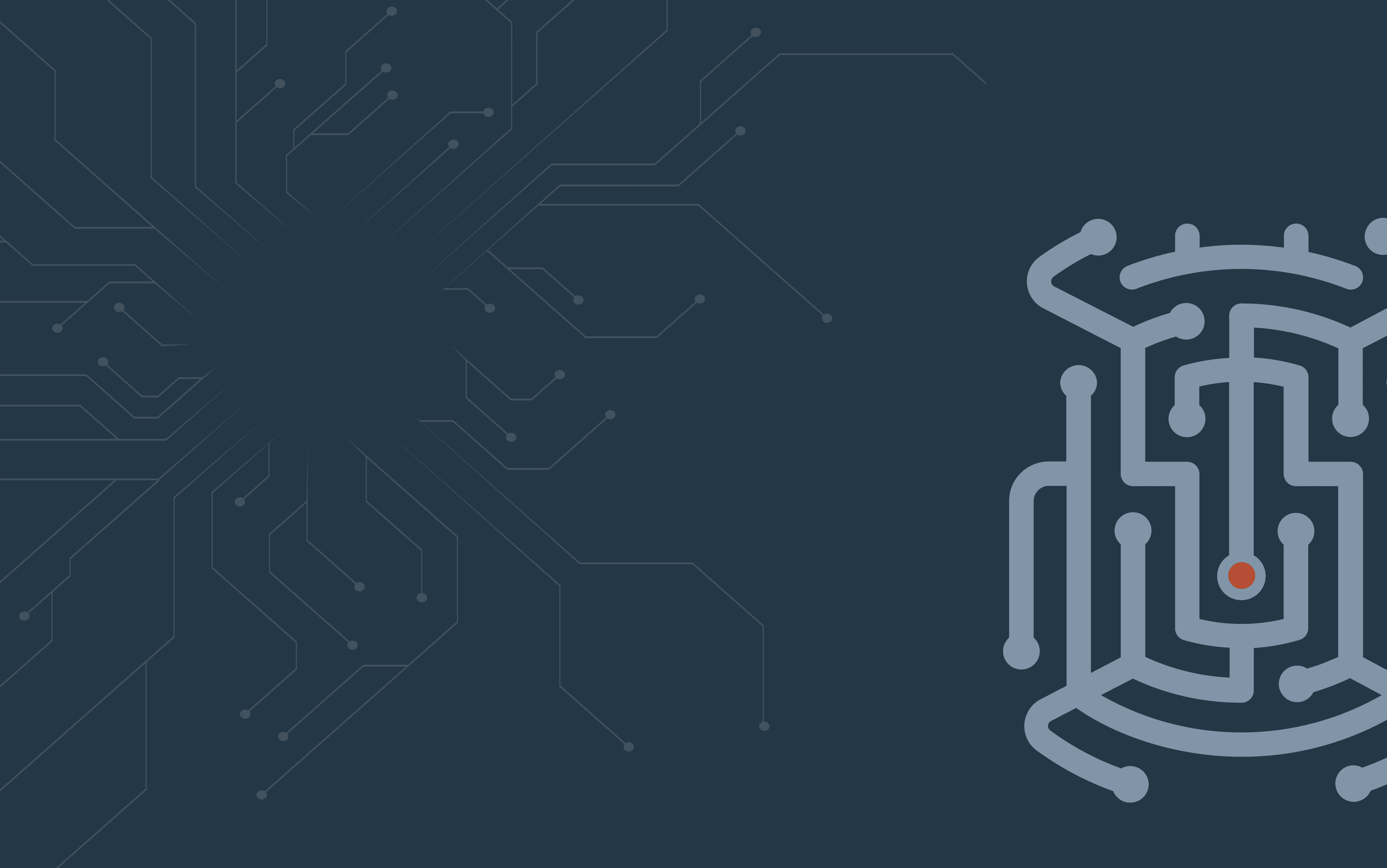
OPERATIONAL DEFECT DATABASE
...


...

After removing a username from the command line via 'no username' command, the user remains in software and when the user tries to delete the user again they get an error that indicates the user does not exist, even though they can still login with the deleted users credentials N9K(config)# no username testuser --CLI accepts the removal of the username --- + testuser still appears in the show run N9K#show user-account user:admin this user account has no expiry date roles:network-admin user:testuser <<==== still there even after 'no username' command this user account has no expiry date roles:network-operator + attempt to remove the user again with this error: N9Kconfig)# no username testuser user:testuser not present + Can still log in with the removed users credentials
Nexus 9K
Option 1: Removing the user using bash: 1.) Enable feature bash to be able to access the Linux Kernel on the Nexus 9K: N9K(config)# feature bash-shell 2.) Drop down into the bash prompt to access the Linux Kernel N9K# run bash bash-4.2$ 3.) Log in as root to set yourself up to make changes to the users: N9K# run bash bash-4.2$ sudo su -- confirm you are root -- bash-4.2# whoami root 4.) Delete the user you do not want bash-4.2# userdel testuser 5.) Drop out of the bash prompt bash-4.2# exit exit bash-4.2$ exit exit 5.) Confirm the user is deleted using the #show user-account command in regular NXOS CLI Option 2: write erase and reload of the chassis
The issue seems to be that sometimes the 'no username' command does not completely remove the username from all of the necessary filesystems that it needs, so there may be a 'stuck' condition where the username is incomplete in software and on the filesystem(s) on the back end.
Click on a version to see all relevant bugs
Cisco Integration
Learn more about where this data comes from
Bug Scrub Advisor
Streamline upgrades with automated vendor bug scrubs
BugZero Enterprise
Wish you caught this bug sooner? Get proactive today.